Surviving A Tokyo Microapartment Is Possible (If You Get Creative)
Helpful Tips and Tricks for Tiny Living in the Big City
Tokyo is the biggest city in the world. Makes sense for it to have the teeniest apartments, right?
When I tell my friends and family back home that the Tokyo apartment my boyfriend and I share is 21-square-meters, one room and only has a single-burner stove top, I invariably see the same expression of alarm dawn over their face.
That horror, though, is nothing compared to the look I get when I tell them how much it costs.
Those who are used to the exorbitant prices of apartment living in New York City or Hong Kong will not find Tokyo’s housing market shocking. However, to the rest of us, it can be a bit of a surprise. Space is a coveted luxury in Tokyo and for those of us not fond of share houses, the trade-off is living in a space so small you swear you made dioramas bigger when you were a child.
To help you survive your transition into a tiny living, here are seven essential tips.

1. Choose an apartment that feels larger
Not all microapartments are created equal. Some are designed more intelligently than others. Many microapartments in Tokyo are a standard studio: sleeping, kitchen and living space all within a few centimeters of each other. Otherwise, microapartments are generally classified as 1K (one bedroom/living space plus a kitchen), as in the image below.
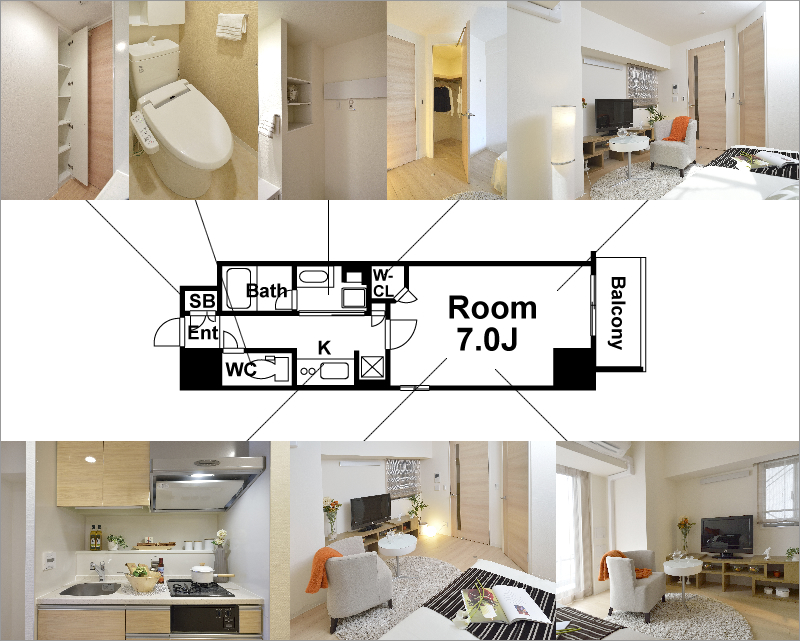 © Photo by TAKUTO.Co.,Ltd.
© Photo by TAKUTO.Co.,Ltd.
But not all 1Ks are the same. For example, my microapartment is technically one room but the inclusion of a loft means that it feels like two. When searching for your apartment, look for big windows, high ceilings, and light-colored walls—these elements will help the space feel bigger than it is.
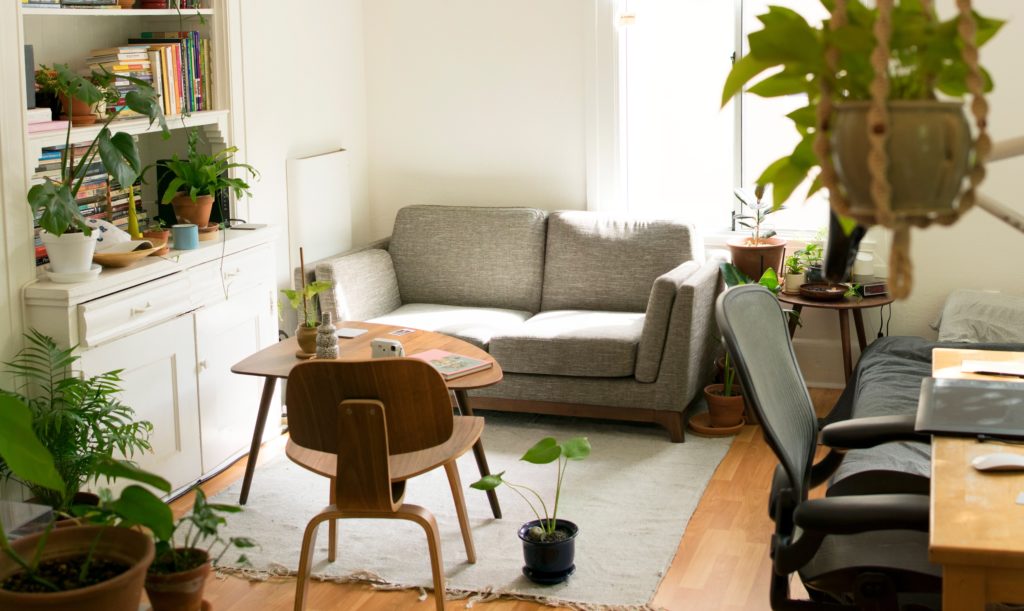 © Photo by Joseph Albanese
© Photo by Joseph Albanese
Some microapartments don’t come with spaces for washing machines so, if you value your personal comfort and sanity, try to choose one that does. And be mindful of storage. Your belongings have to go somewhere, so make sure your new home has sizable wardrobes, a genkan (entrance) closet and/or oshiire (closets traditionally used for futon and bedding).
2. Get smart with your furniture

Big, bulky items are only going to take up space and make your apartment feel smaller. Choose furniture that is versatile and able to be packed away. Rather than having a dinner table and a desk, combine the two.
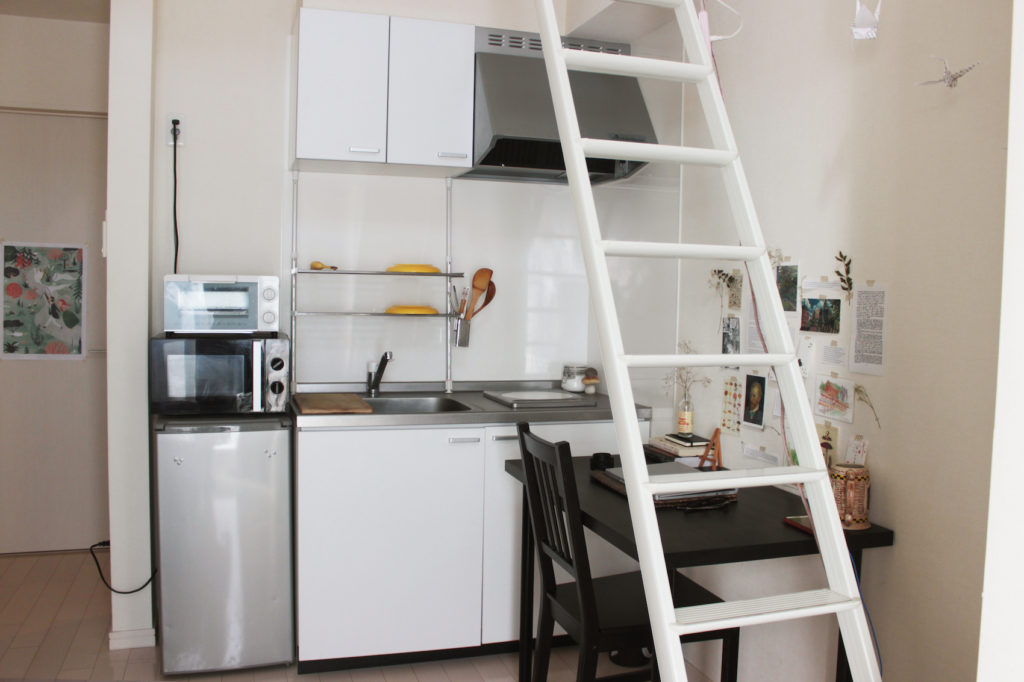
Nitori sells a range of cheap but chic foldaway tables that can be pulled out when needed. Instead of having huge dining chairs, grab a couple of zaisu (floor chairs without arms or legs) which are much smaller and easier to stow when not in use.
View this post on Instagram
Ditch the Western style bed and invest in a comfy futon. They can be folded away when not in use, making them perfect for tiny apartments. Shikibuton (mattress) and kakebuton (duvet) sets can cost anywhere from ¥5,000 to ¥30,000 and can be bought from large supermarkets, Nitori or independent sellers.
3. Maximize your storage by getting creative
View this post on Instagram
In a tiny apartment, creative storage is your best friend. Hundred yen stores and places like Don Quijote sell plenty of plastic dividers, hanging hooks, storage boxes and the like, to help you maximize on space.
View this post on Instagram
Try stacking your plates sideways, stick hooks and racks onto the backs of cupboard doors for utensils and kitchen gadgets, and invest in racks to hang over your stove for spices and condiments.
View this post on Instagram
The genkan can be a fantastic, but often overlooked space to hang household goods. You can even pick up storage shelves from Ikea which are designed to sit over your toilet, and provide you with additional space you would have never otherwise had.
4. Decorating is key

One of the most important steps to making a tiny space feel homely is to bring a little personality to it. Now, ‘decorating’ doesn’t have to automatically mean expensive. To make my apartment appear brighter, I bought some colorful washi tape from Loft, printed a heap of photos at Bic Camera and stuck up some postcards and art prints. This only cost a few hundred yen to do, but instantly made the space more cheerful.

Investing in mirrors is also a great way to make a small space feel larger.
View this post on Instagram
When styling your apartment, be careful to pick pieces that are neutral colors (like beige, or light grey, or cream) as these won’t draw the eye or make the space look busy and cluttered. Pick a bright and cheerful pattern for your duvet and pillows.
View this post on Instagram
Also, if you have a Western-style bed, push it up against the wall instead of having it in the center of the room to give you more floor space and, as a bonus, use the space underneath as additional storage.
5. Use your balcony
View this post on Instagram
The balcony is often an ignored space in a microapartment. Relegated to the job of holding laundry, we sometimes overlook the potential of these petit outside rooms. If your balcony is big enough, there’s no reason you can’t invest in a pint-sized outdoor chair and some pretty plants. Make the space your sanctuary, perfect for reading on sunny mornings, or chilling on an evening off and watching the Tokyo sunset.
6. Be aware that the walls are thin
In Japan, walls are thin and insulation is a faraway fantasy creation that no one has ever heard of. Especially in wooden buildings: Everyone. Can. Hear. Everything. If your favorite thing in the world is blasting J-pop at three in the morning, it might be time to invest in some headphones, lest your neighbors get thoroughly ticked off and have you kicked out the building.
It’s very important to be considerate of others, especially within the domestic space. This is why you often see people practicing instruments in Yoyogi or Ueno Park. So, remember to be mindful of noise: don’t run your washing machine too late, don’t stomp up your stairs, don’t have loud parties. And, also, make sure you observe building rules, such as putting out trash correctly or not smoking on your balcony. Hostile neighbor relations can lead to hostile living environments—which is exactly the type of thing that will make tiny living less comfortable.
7. Clean regularly
View this post on Instagram
As trivial as it sounds, being a regular clean freak will help you feel more comfortable in your tiny apartment. One of the benefits of living in a microapartment is that it takes no time at all to clean. The downside is—because the space is so small—a microapartment gets dirty really quickly. A little bit of cleaning every day goes a long way, and Japan has plenty of products to make it more fun. Why not pick up some microfiber cleaning slippers or a pack of quirky, octopus-shaped sponges to make your chores more cheerful?
What are your tips for surviving a microapartment? Share in the comments below.













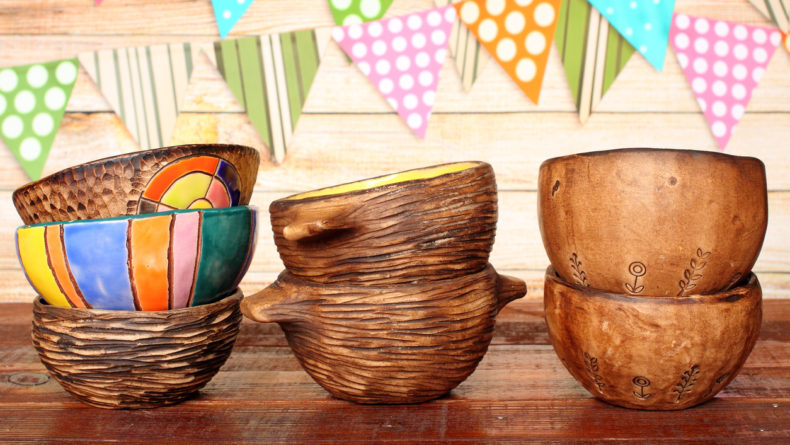
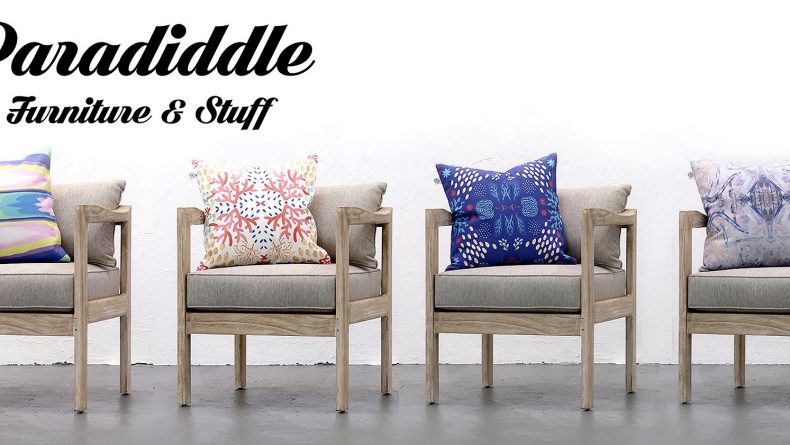

Leave a Reply